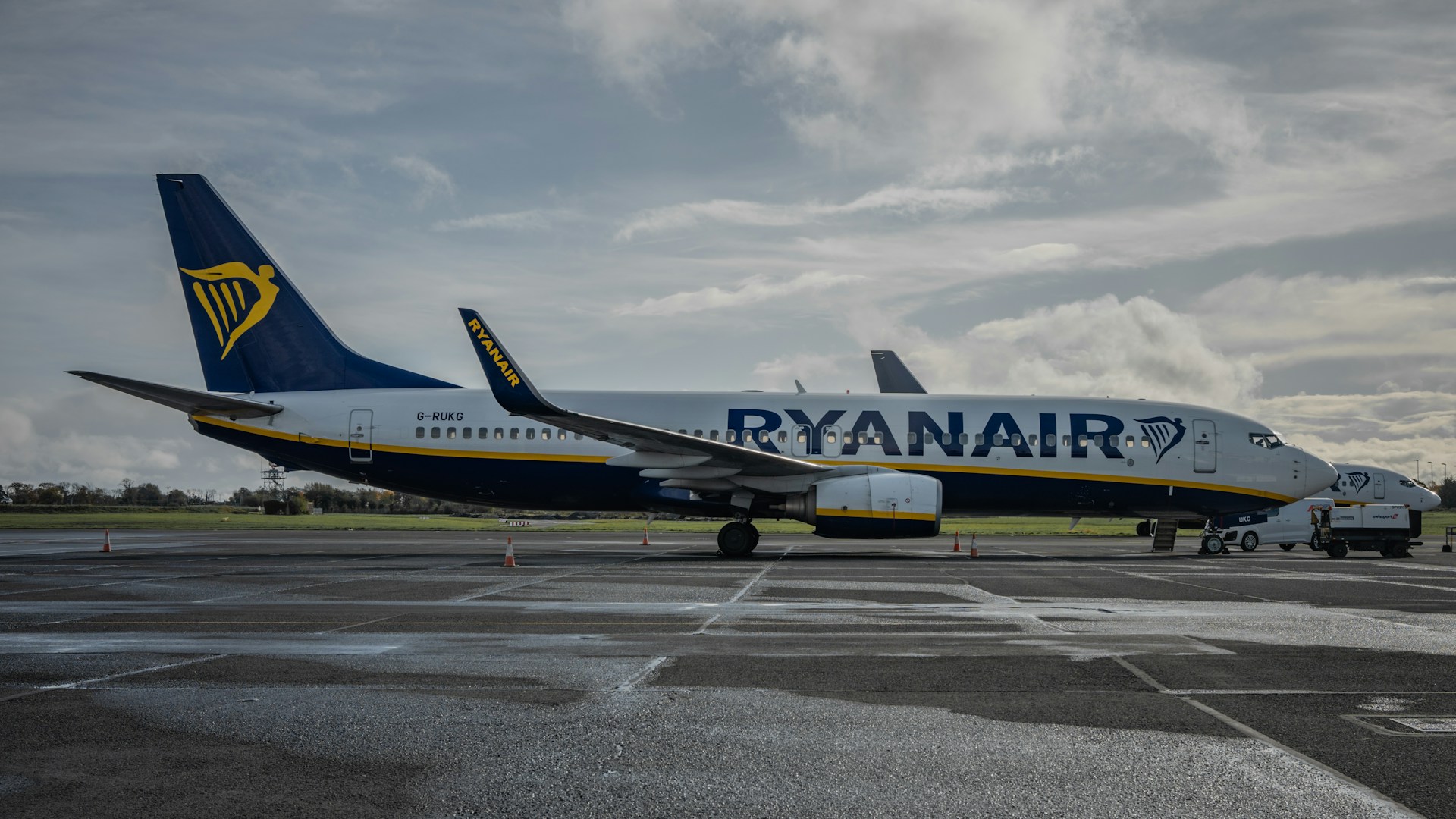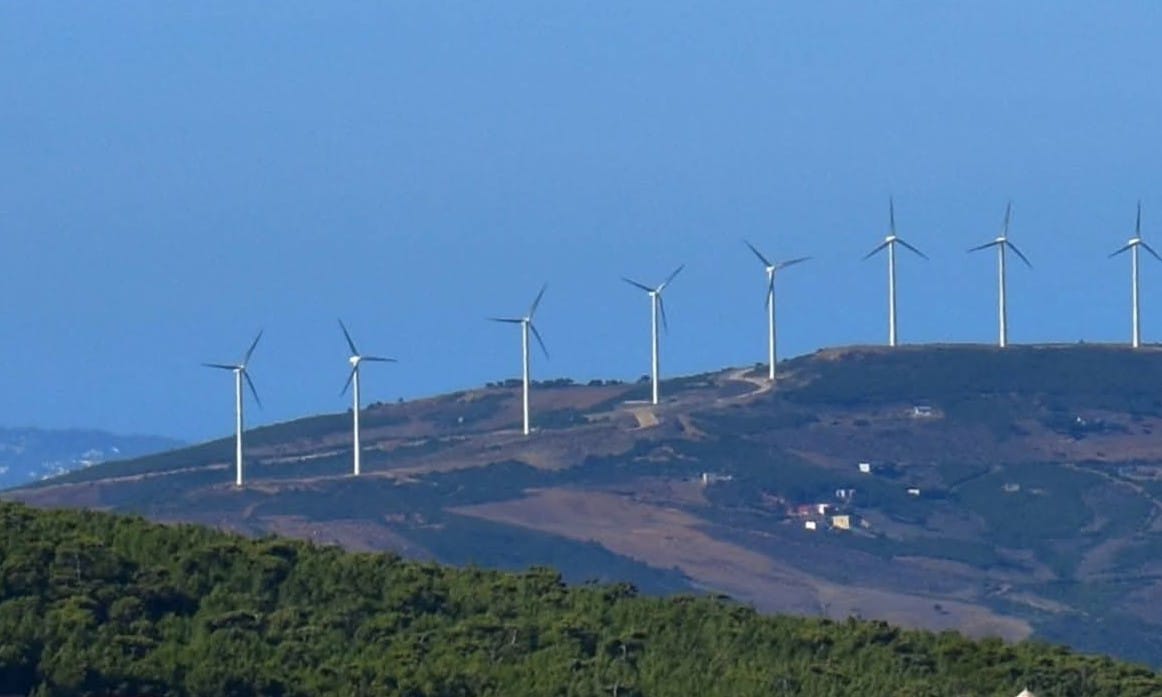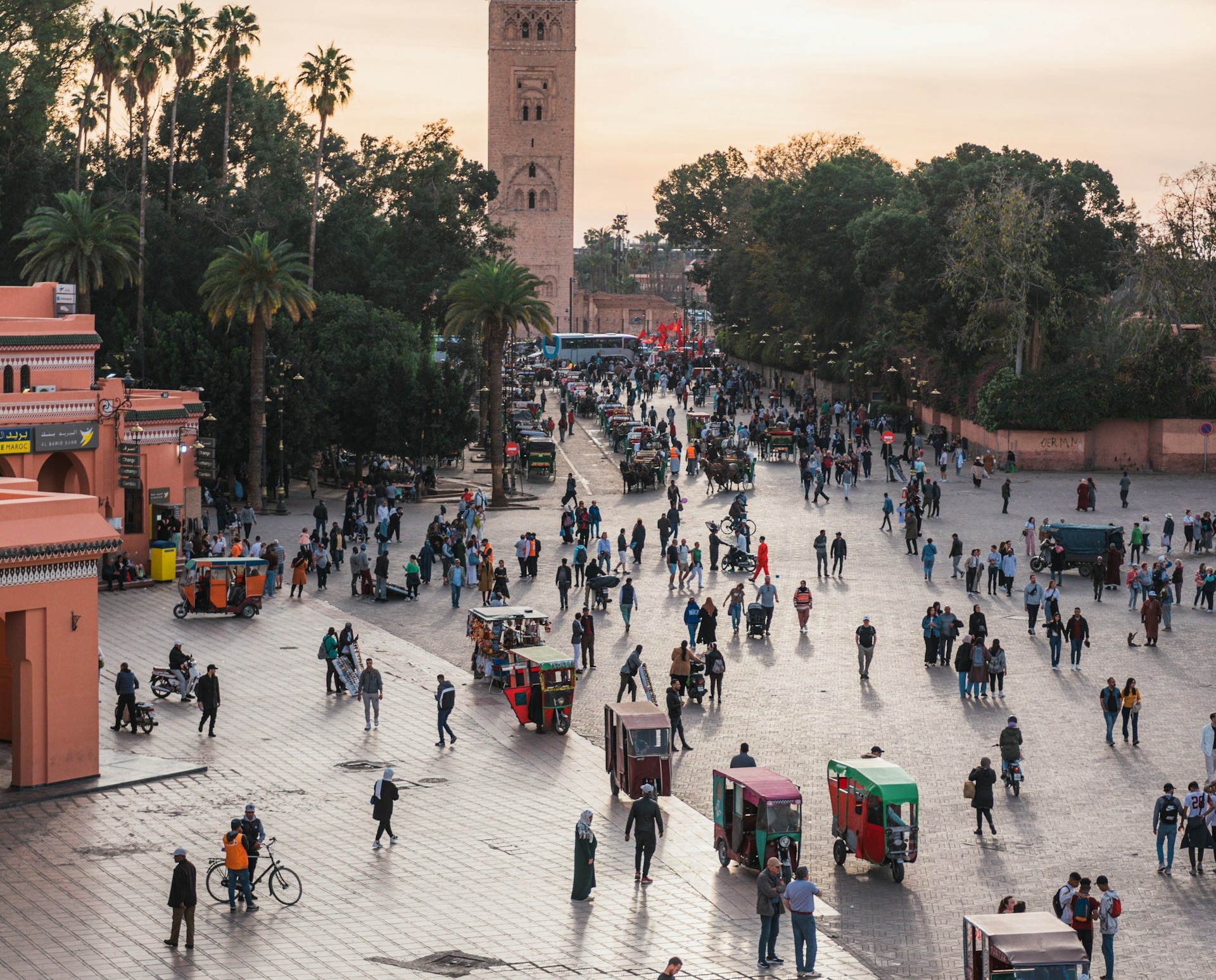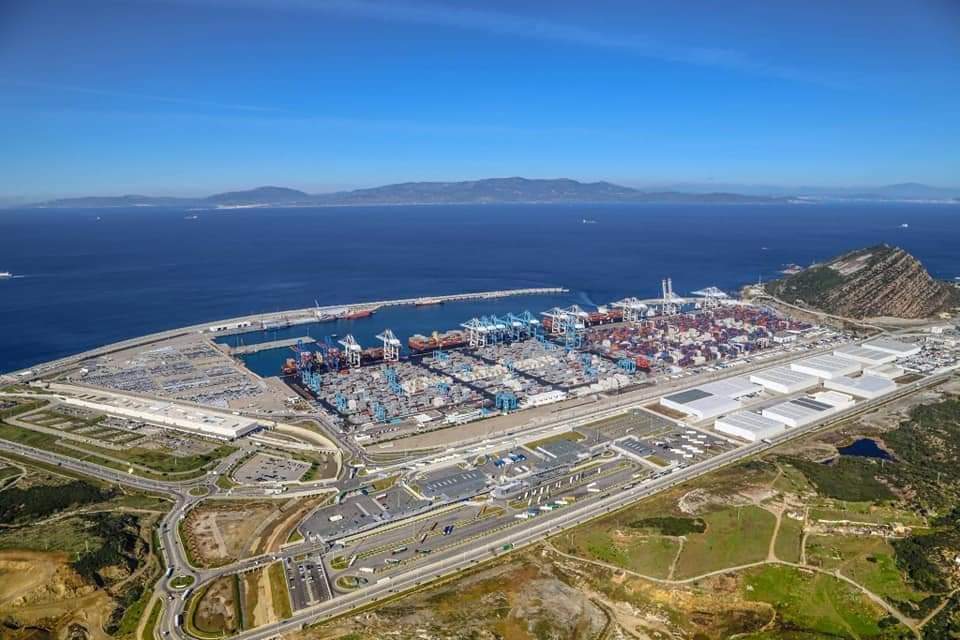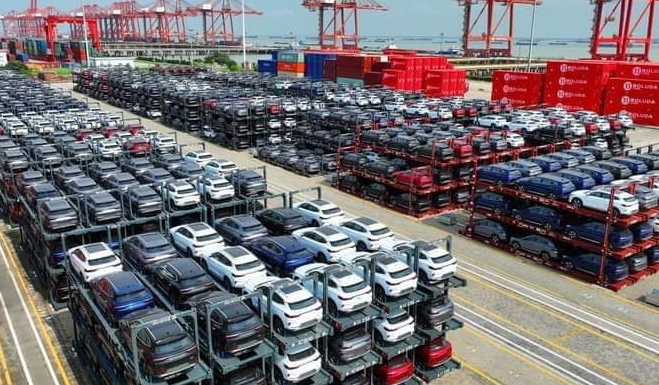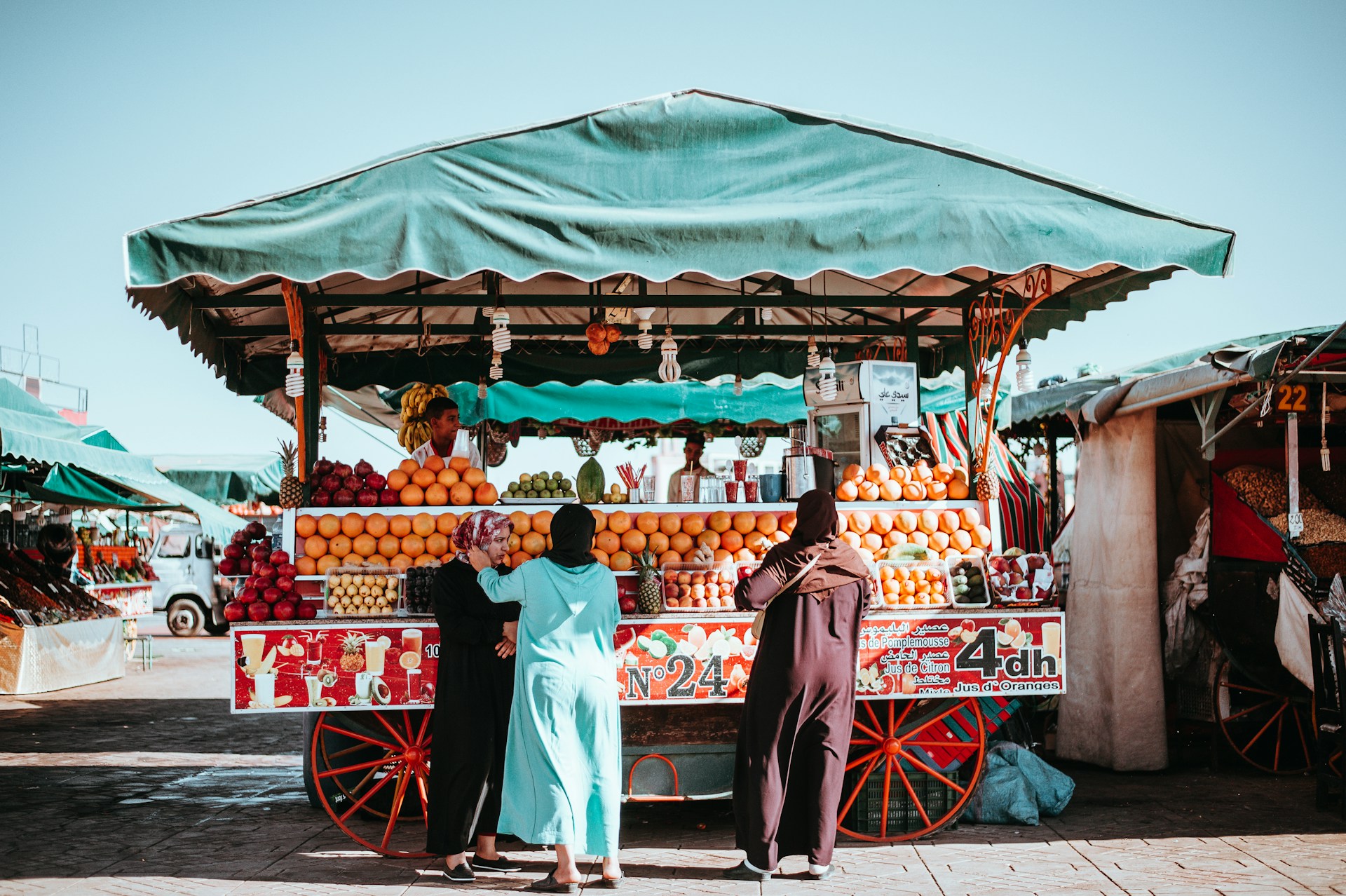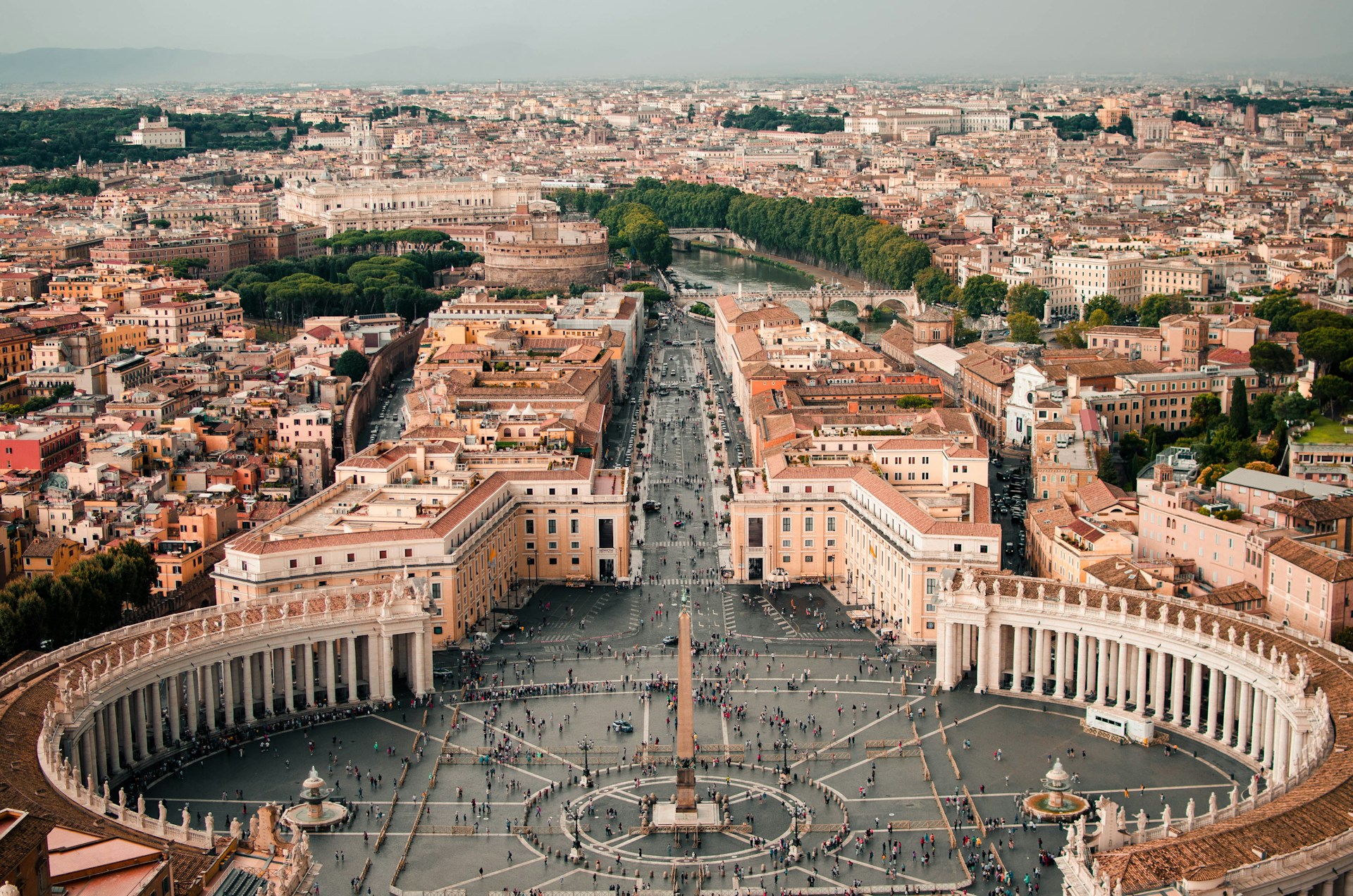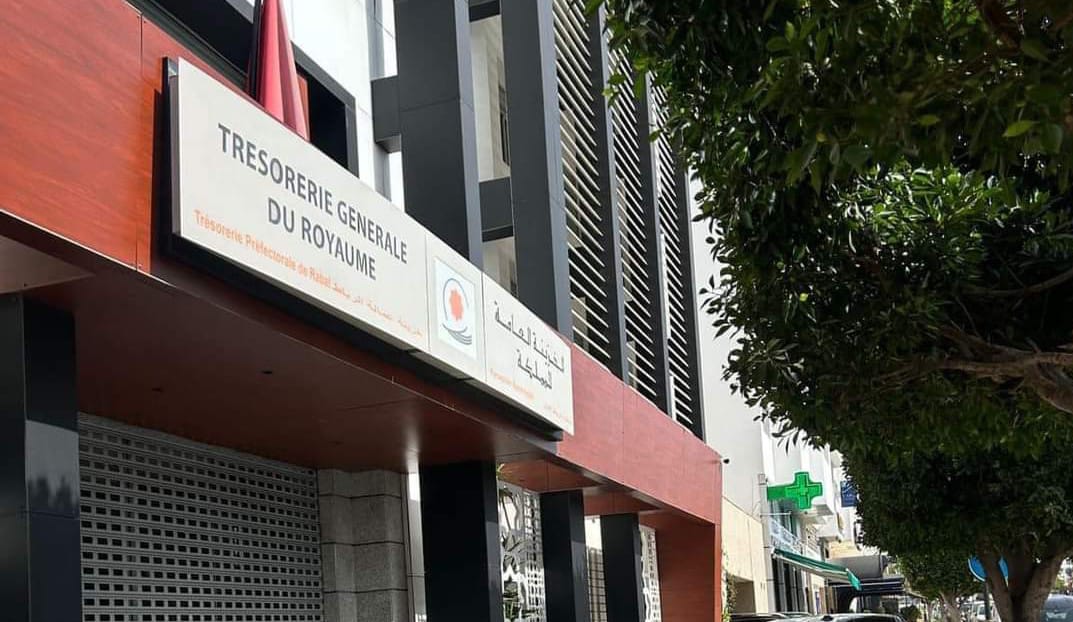Casablanca – Morocco’s tourism sector continued to demonstrate strong momentum in 2025, achieving record-breaking visitor numbers and revenues in the first seven months of the year. Official data, supported by international reports, position the Kingdom among the world’s fastest-growing travel destinations.
Steady growth in arrivals
In July 2025 alone, Morocco welcomed 2.7 million visitors, marking a 6% increase compared to the same month in 2024. The growth was supported by both foreign tourists and Moroccans residing abroad (MREs), confirming the country’s lasting appeal to multiple traveler segments.
Foreign tourist arrivals in July reached 875,000, up 2% from last year, while MRE arrivals totaled 1.8 million, representing a more robust growth rate of 7%. Over the first seven months of 2025, the total number of visitors reached 11.6 million, a 16% increase compared to the same period in 2024. More than half of these visitors — around 52% — were members of the Moroccan diaspora, underlining their crucial role in sustaining the sector’s dynamism.
International recognition
A recent Spanish tourism report listed Morocco alongside Saudi Arabia, the United Arab Emirates, South Africa, Egypt, Qatar, and Tunisia as part of an unprecedented global tourism surge in 2025. According to the travel and tourism platform Travel and Tour World, Morocco is not just part of this exclusive group but is in a leading position, thanks to sustained growth, diversified offerings, and strategic investment.
The report emphasized that the Kingdom’s performance in the first half of the year exceeded expectations, with 8.9 million arrivals between January and June — an increase of 19% compared to the same period in 2024. Tourism revenues for this period rose to about $5.57 billion, reflecting a 10% year-on-year increase, equivalent to an additional $484 million.
Economic importance and strategic goals
Tourism is a vital sector for Morocco’s economy, contributing significantly to foreign currency earnings and job creation. Building on the current momentum, the government aims to attract 26 million visitors by 2030. This target is supported by Morocco’s upcoming role as host for major international events, including the Africa Cup of Nations and the 2030 FIFA World Cup.
The Minister of Tourism, Handicrafts, and Social and Solidarity Economy, Fatim-Zahra Ammor, described Morocco as “a destination of the heart as well as of discovery for millions of tourists worldwide,” noting that the positive tourism trend is being driven equally by domestic travelers, the diaspora, and international visitors.
Tourism roadmap 2023–2026
The sector’s recent success is closely linked to Morocco’s 2023–2026 tourism roadmap, which focuses on enhancing the visitor experience, diversifying tourism products, and improving infrastructure. Key measures include:
- Infrastructure upgrades: Expansion of Marrakesh and Casablanca airports to increase passenger capacity.
- Product diversification: Development of thematic incubators in areas such as Moroccan gastronomy, digital leisure, and gaming.
- Territorial development: Creation of a “territorialized project bank” with 900 ready-to-launch tourism projects to maximize regional potential.
- Investment in attractions: Allocation of $600 million for upgrading and developing tourist sites, with a focus on both new facilities and enhancing existing services.
These investments are designed to improve hospitality in hotels and riads, expand cultural offerings, and promote adventure tourism — ensuring a richer and more immersive experience for visitors.
Factors behind the growth
Industry observers attribute Morocco’s strong performance to several factors:
- Increased air connectivity through expanded flight routes and partnerships.
- Targeted international marketing campaigns highlighting the country’s cultural heritage, natural landscapes, and modern amenities.
- A balanced tourism offer that blends tradition — including historic medinas, souks, and architecture — with contemporary leisure, dining, and accommodation options.
This variety appeals to a wide range of travelers, from international adventurers drawn to the Sahara Desert and bustling markets to expatriates returning home with a sense of nostalgia.
Outlook
With robust growth in both arrivals and revenues, Morocco is well-positioned to meet its long-term tourism targets. The combination of strategic planning, significant infrastructure investment, and the country’s cultural and natural wealth is expected to sustain this momentum.
As the Kingdom prepares to host major global sporting events and continues implementing its tourism roadmap, stakeholders are optimistic that Morocco will not only maintain its place among the world’s top emerging destinations but also solidify its status as a leading global tourism hub.



